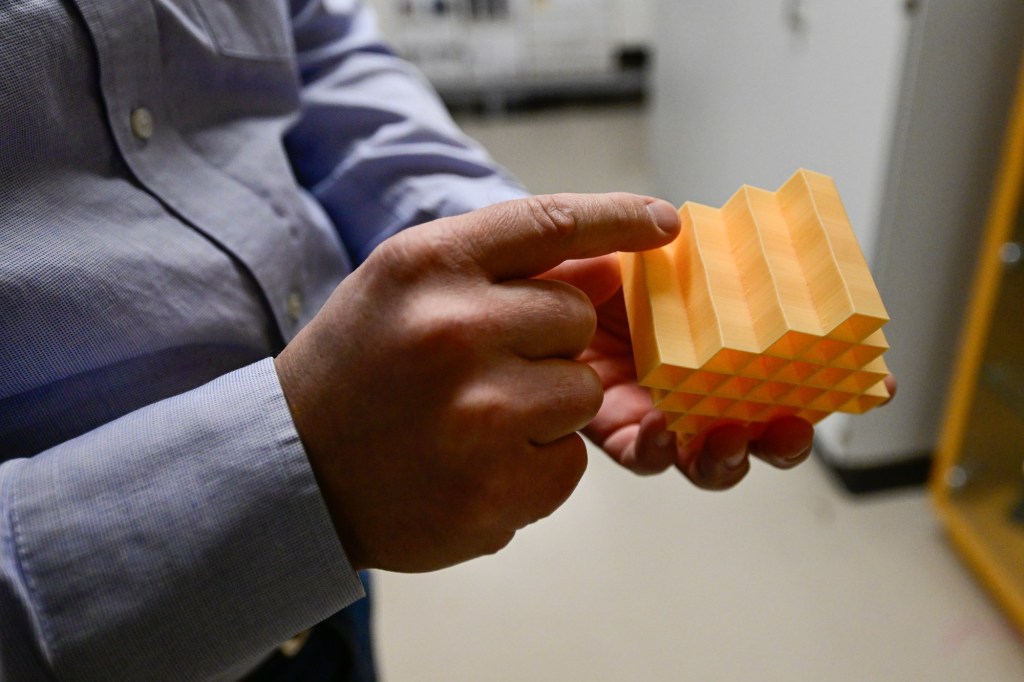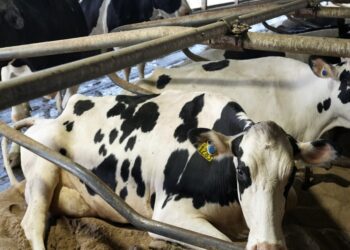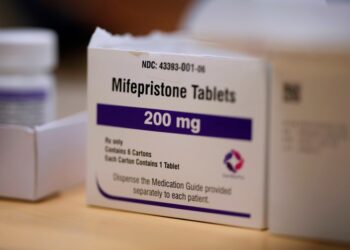A potential new design for padding in sports helmets could absorb as much as 25% more impact than existing foams, adding additional protection from head injuries.
The design, created by researchers at the University of Colorado Boulder, could help advance foams and padding that have been used for decades, improving safety and preventing head injuries.
“The need to protect fragile objects and human bodies is really widespread,” Lawrence Smith, an author of the study and CU Boulder doctoral graduate said. “It touches transportation, shipping and handling, sports, defense — all industries you’re trying to move things around safely.”
The researchers looked at how to improve the kind of foams found in items like bike helmets, football helmets or packing peanuts by focusing on structure and geometry. They discovered that their designs could absorb roughly six times more energy than standard foams made out of the same material and up to 25% more than other similar design structures.
“We’re doing this work to look at the relationship between material geometry and its ability to mitigate impact,” Robert MacCurdy, study author and CU Boulder professor in mechanical engineering, said. “Of course, it may someday be useful in helmets or pads or crash barriers or bumpers or packing materials, but we haven’t validated its use in any of these things. It’s just samples in the lab.”
Their goal was to find ways to improve impact mitigation, or minimize the impact from an outside force. For example, using foam within a football helmet to reduce the impact on a player’s head from a tackle during a game.
“Most folks have tried to make better materials … that have a greater ability to absorb or dissipate impacts,” MacCurdy said. “What we have done in our lab is not that. We have not tried to create some new material, instead what we’ve tried to do is discover a new arrangement of material.”
MacCurdy and Smith used a 3D printer to create…
Read the full article here







